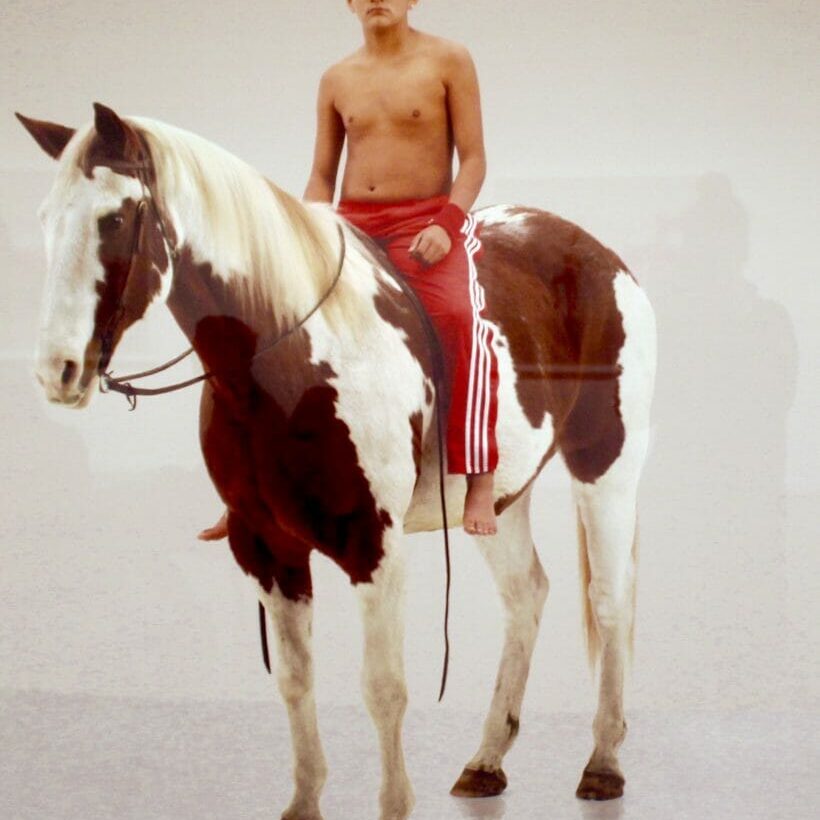
Indigenous art a staple of Nova Scotian culture
Mi’kmaq people created famous poems, art pieces, and beading significant to provincial history
October 1 is Treaty Day in Nova Scotia; it marks the beginning of Mi’kmaq History Month.
The purpose of Mi’kmaq History Month is to celebrate Mi’kmaq culture and history, which Dalhousie University students take part in every day as they attend their classes on traditional Mi’kmaq territory.
From the Nova Scotia Art Gallery, to the Halifax Commons, to Dalhousie’s own Art Gallery in the basement of the Rebecca Cohn, students can view art from Indigenous peoples through generations of work.
The Indigenous Student Centre is another resource on Dal’s campus for studying Indigenous arts.
In June 2017, Dal moved the centre to ensure there would be no barriers to performing smudging ceremonies. The new area also gives the centre more space for a library and an outdoor area.
Located on the Studley campus, the centre is home to resources, services, and staff who can offer learning material on Indigenous culture to those interested. The office space displays paintings and posters of indigenous artists of different tribes.
Michele Graveline is the Indigenous Student Advisor for the centre and is Métis. The centre’s focus is support and advocacy for indigenous students attending Dalhousie, but they also host cultural events. Their 8th annual Mawio’mi, a large community celebration that features Indigenous vendors, will be held on October 16 at the Dalhousie Quad.
Mi’kmaq greats making art in different ways
Graveline cites some of Nova Scotia’s great Mi’kmaq artists as Loretta Gould, a painter, and Rita Joe, a poet, and songwriter. Joe – often referred to as the poet laureate of the Mi’kmaq people – gave a written legacy to the realities of the residential school system.
Joe’s poem I Lost My Talk gained national attention for detailing the residential school system’s forced assimilation into using the English language.
Indigenous people have a long history of creating beautiful and vibrant handmade clothing and art pieces. The art and style of beaded, handcrafted dangling earrings and ribbon skirts are still common trends not always attributed to Indigenous peoples. This ignorance can be the cause of cultural appropriation for those who may not be aware that they are wearing traditional indigenous clothing.
Medallions, which are hand-sewn and beaded, are often worn by men and have significance to their imagery. The images are geographically related, tribal, or are associated with the person’s spirit. These medallions can sometimes be cheaply replicated onto contemporary clothing and are without the purpose as in indigenous culture.
Another popular Mi’kmaq good is Black Ash Baskets; there were made regularly before deforestation and environmental pollution, along with birch tree products.
Glooscap’s Trading Post in Millbrook, NS is the closest Indigenous vendor to Halifax. The store sells authentic handcrafted indigenous art, and clothing with indigenous designs.
The last two lines of Joe’s famous poem I Lost My Talk characterize the need to attribute Indigenous art to their original creators, such as recognizing the significance of design in indigenous clothing.
“Let me find my talk. So I can teach you about me,” is a strong message in respecting Indigenous design and culture, so that we can continue to enjoy the beautiful art Indigenous communities create.






